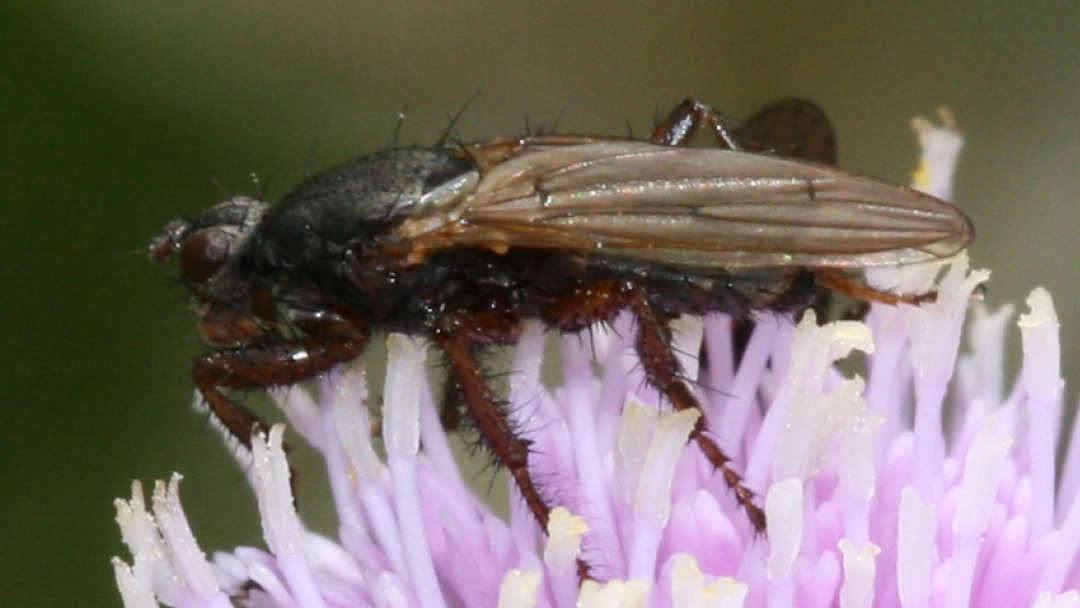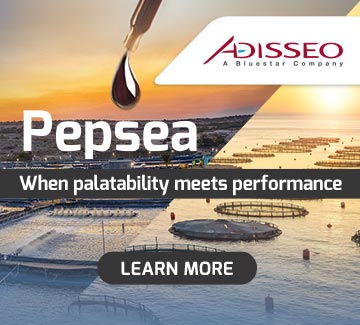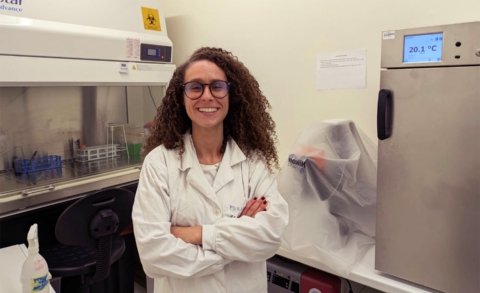 Mosca marina (Coelopa frigida) - Wikipedia
Mosca marina (Coelopa frigida) - Wikipedia
The seaweed fly (Coelopa frigida) has promising potential as a source of protein and beneficial fatty acid for aquaculture feed, thanks to its ability to convert seaweed waste into nutrient-dense biomass. What sets this insect apart is its diet of marine algae, giving it a protein-rich profile and omega-3 lipids like EPA and DHA.
Typically, female flies lay their eggs on decomposing seaweed, providing the emerging larvae with a nutrient-rich environment. During this stage, the larvae grow quickly, accumulating essential protein and fats.
Another advantage is that this fly doesn’t require costly feed substrates, as it can thrive on readily available seaweeds.
To better understand the viability of this marine insect, researchers from the University of Gothenburg in Sweden have conducted a study evaluating its potential as a feed ingredient for rainbow trout. The larvae, grown on brown algae, showed promising results.
The larvae of Coelopa frigida contain 60% crude protein, including essential amino acids such as lysine (3.5%) and methionine (1.5%), and 17% fatty acids, including 4% omega-3 EPA and DHA. This nutrient profile offers a balanced omega-6 to omega-3 ratio, beneficial for fish health.
The study found that rainbow trout fed on these larvae showed growth rates comparable to those fed traditional fishmeal diets and performed better than those fed diets containing black soldier fly larvae (Hermetia illucens).
Despite this potential, it’s worth to noting that the seaweed fly Coelopa frigida is not yet one of the seven insect species authorised by the European Union for use in aquaculture feed. Approved species primarily include the black soldier fly and the mealworm (Tenebrio molitor), which have undergone rigorous safety and regulatory assessments.
No adverse effects on gut health were observed between the insect-based and control diets, though there were variations in intestinal transport, indicating that different insect species can have unique impacts on fish physiology.
Such studies are essential for advancing sustainable alternative sources of protein and lipids for aquaculture feed. Additionally, Coelopa frigida aligns with circular production systems, as it can be farmed on marine algae by-products, reducing reliance on conventional marine sources like fishmeal and fish oil.
However, the lack of EU regulatory approval remains a barrier, requiring further research and EFSA approval to ensure safe and effective use.
Additionally, limited scientific and technical knowledge may present challenges with scaling up production and controlling costs, particularly if specialised coastal conditions are needed for farming. This could drive up operating costs compared to other established protein sources in the industry.


